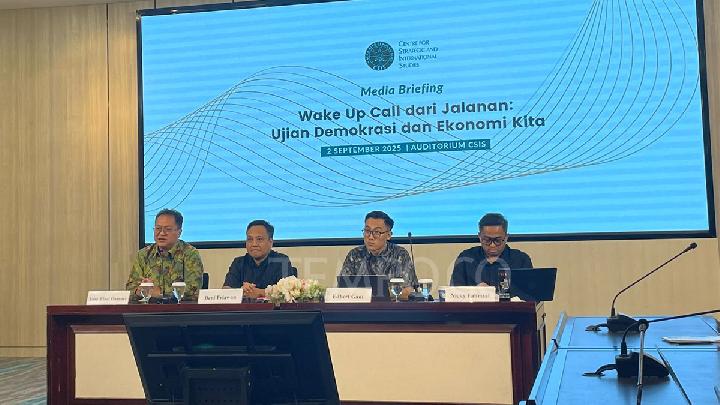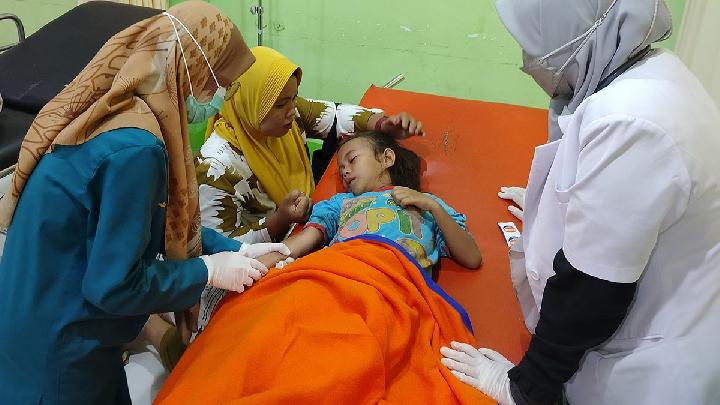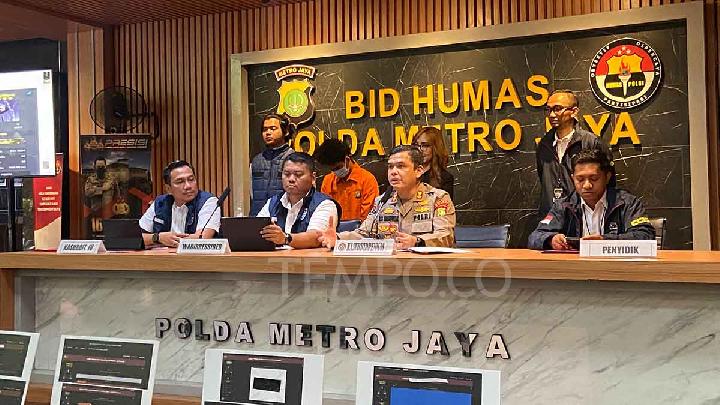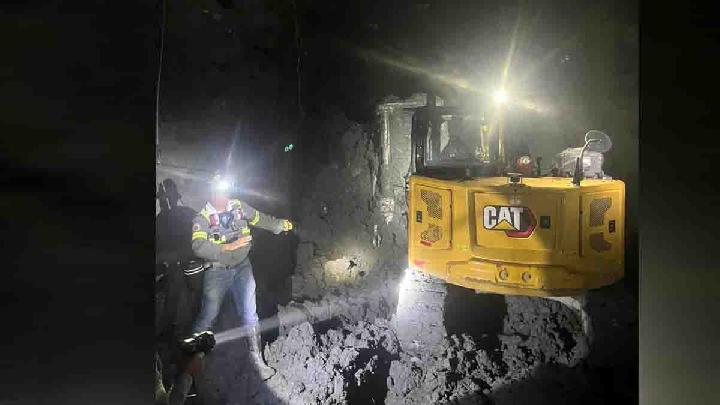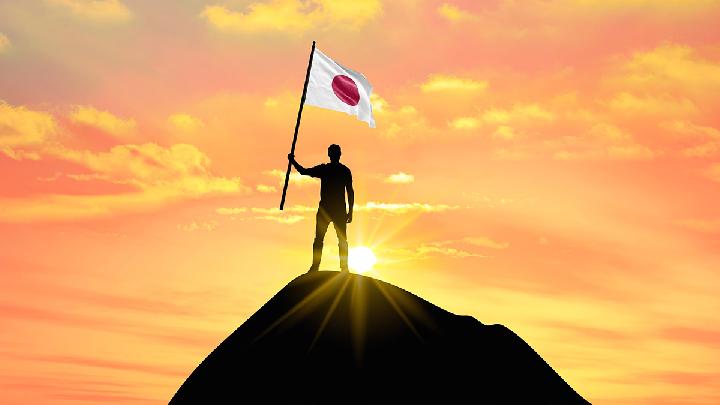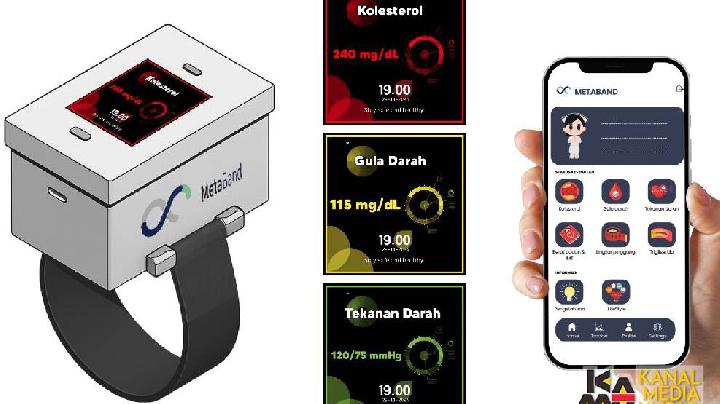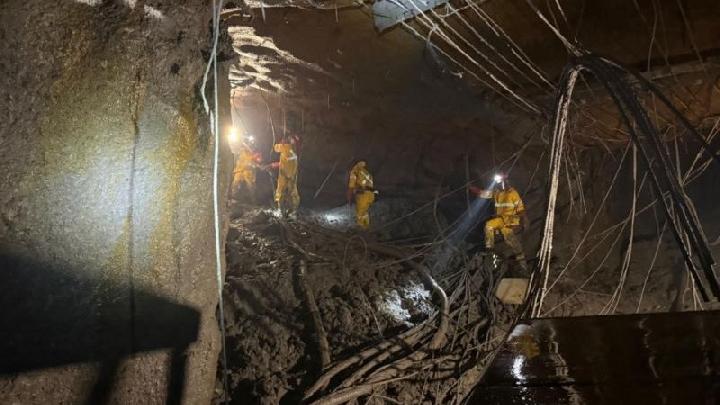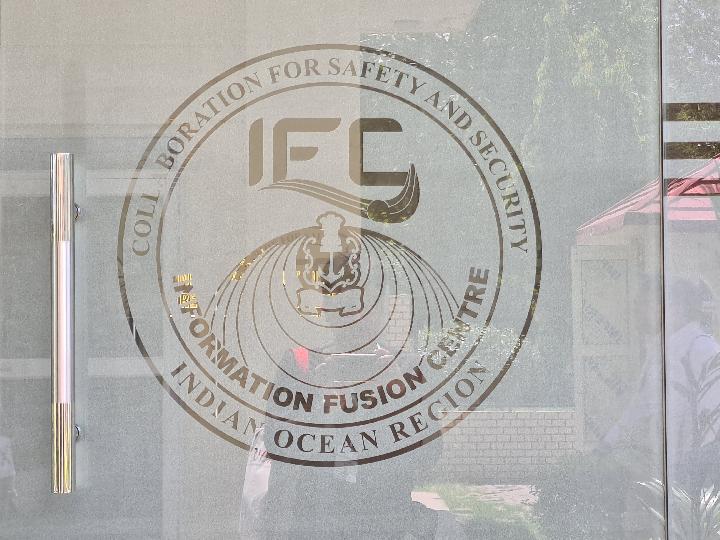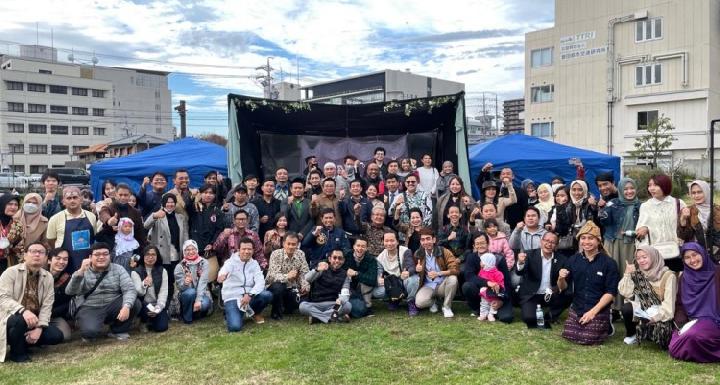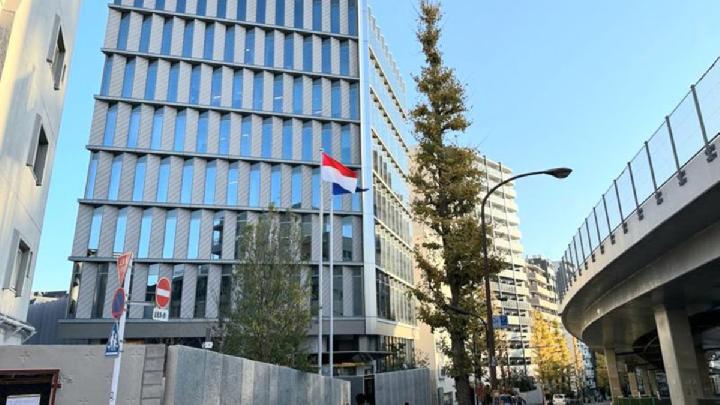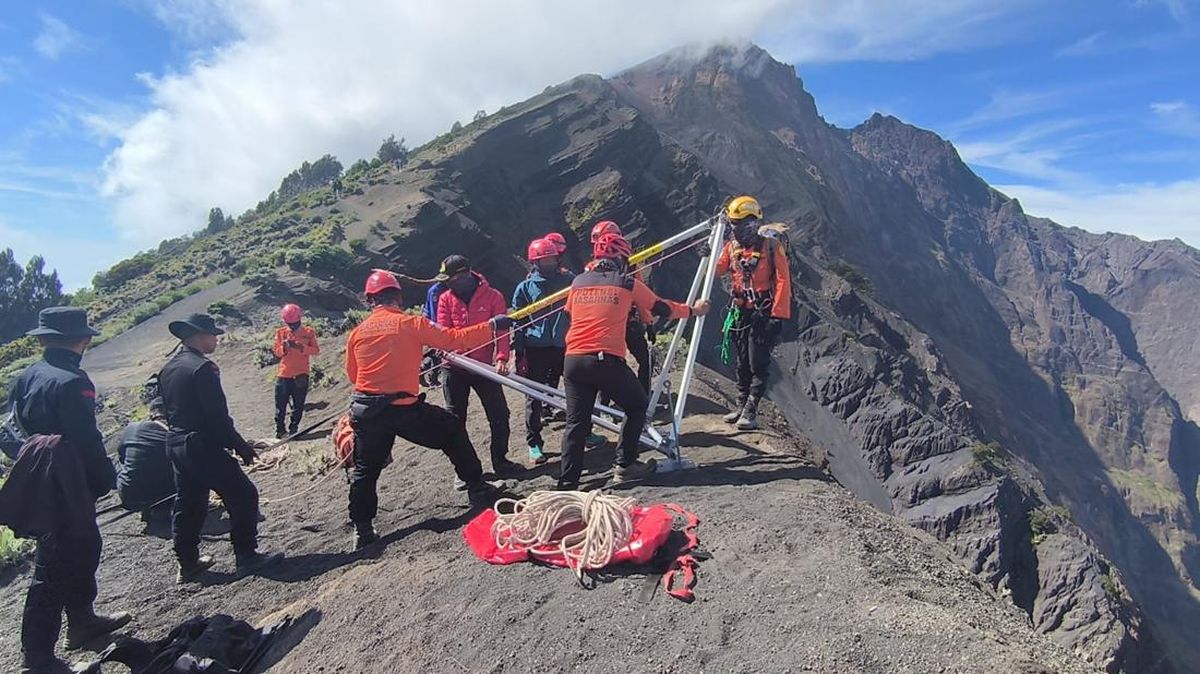October 5, 2025 | 08:45 pm
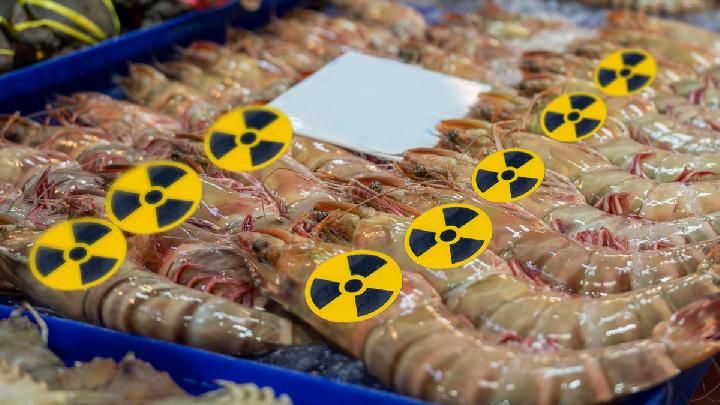
TEMPO.CO, Jakarta - The phenomenon of radioactive contamination in food has recently come under scrutiny after traces were reportedly detected in shrimp and cloves originating from Indonesia. This incident has attracted international attention as it directly involves global food safety. This raises important questions: How exactly can food become exposed to radioactivity, and what are the resulting health implications?
How Food Becomes Contaminated
Radioactivity in food occurs when food items are contaminated with radioactive isotopes (radionuclides), typically due to environmental exposure, nuclear activities, or certain industrial processes. Radioactive substances, such as Cesium 137 (Cs−137), can enter the food chain through contaminated soil, water, or air.
According to the World Health Organization (WHO), radiation in food is usually a serious concern following large-scale nuclear emergencies, such as reactor accidents. However, localized exposure can also occur due to industrial or environmental contamination, including improper management of hospital or industrial waste. The global distribution process further heightens the risk, allowing food produced in exposed areas to enter international trade.
In the case of the frozen shrimp and cloves from Indonesia, the Indonesian Food and Drug Monitoring Agency (BPOM) stresses the need for strict monitoring systems to prevent contaminated food from reaching consumers.
The Health Dangers of Ingested Radionuclides
The danger posed by radioactivity in food depends heavily on the type of radionuclide present and the dose ingested.
The United States Environmental Protection Agency (EPA) notes that Cesium-137, a common contaminant, emits harmful beta (β) and gamma (γ) radiation when accumulated in the body. Once ingested, Cs-137 can spread through the bloodstream and distribute across all soft tissues.
The health consequences of consuming radioactively contaminated food can vary:
Short-term exposure (high doses) may cause acute symptoms like nausea, vomiting, and internal organ damage.
Long-term exposure (even at low doses) carries a significant risk of increasing the incidence of cancer, disrupting the immune system, and contributing to other degenerative effects.
The U.S. Food and Drug Administration (FDA) maintains very strict safe limits for radioactivity in food, with intervention levels adjusted according to the characteristics of each specific radionuclide.
Mechanisms of Food Contamination
Several mechanisms can facilitate the exposure of food items to radioactive substances. Firstly, environmental contamination resulting from past nuclear accidents or weapons testing is a key source. Radioactive dust that settles on the ground can permeate water sources and subsequently be absorbed by plants or marine organisms.
Secondly, improperly managed industrial or medical waste from hospitals can inadvertently release radioactive materials into the surrounding environment.
Furthermore, the global distribution process itself heightens the risk of proliferation. Food produced in regions affected by radiation exposure can enter the international trade network.
This is precisely why global food authorities, including Indonesia’s BPOM, emphasize the crucial need for layered monitoring systems to effectively interdict the distribution and consumption of unsafe foodstuffs.
Mitigating the Effects of Cesium-137 Exposure
Although the threat is serious, there are measures that can be taken to reduce the effects of radionuclide exposure in food.
Reducing Exposure
Distribution Limits: The WHO recommends limiting the distribution of food originating from contaminated areas as an emergency measure following a nuclear incident.
Food Processing: Simple processes can reduce contamination levels. For example, washing vegetables and rice can remove surface-level isotopes. For seafood, removing parts like gills or entrails can minimize risk. However, full mitigation is difficult for isotopes that have become fully incorporated into the food itself.
The Critical Role of Society and Government
Food safety relies on a synergy of government action and public awareness. The case in Indonesia serves as a crucial reminder that the threat of food contamination is a real, non-trivial concern.
Strict government oversight is the most effective safeguard. The BPOM emphasizes the necessity of fully equipped testing laboratories capable of accurately detecting radioactive content in both imported and locally produced food. This measure is essential to protect the public from hazards that are invisible but demonstrably real.
By combining rigorous regulations, comprehensive distribution oversight, and increased consumer awareness, the risk of radioactive hazards can be significantly minimized, thus ensuring food safety for present and future generations.
APRILIAN RODO RIZKY
Editor’s Choice: Indonesian Task Force Team Finds High-Radiation Materials in Cikande Industrial Area
Click here to get the latest news updates from Tempo on Google News
Indonesian Task Force Team Finds High-Radiation Materials in Cikande Industrial Area
8 jam lalu
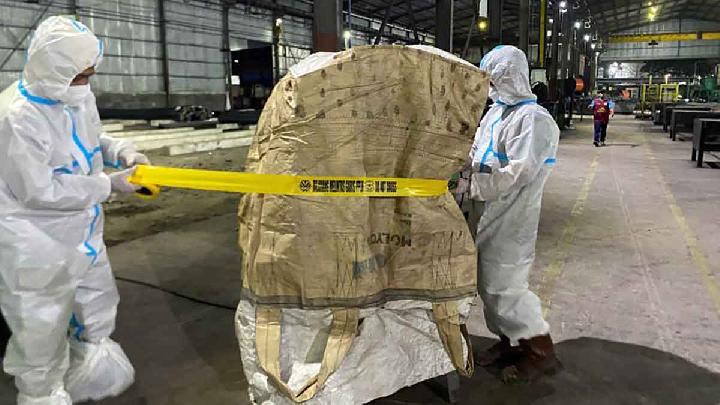
Indonesian task force discovers and evacuates two large bags and six drums with high levels of cesium-137 radiation in the Cikande Industrial Area.
Today's Top 3 News: Mandatory Halal Certification for Food Stalls and Cosmetics in Indonesia Effective October 2026
1 hari lalu
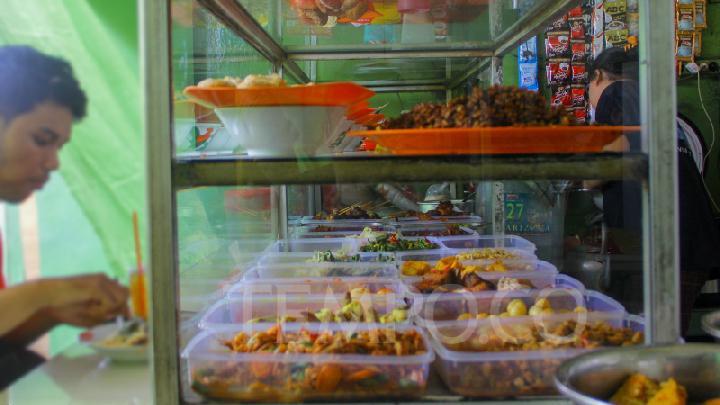
The following is the list of the top 3 news on Tempo English today:
FDA Issues New Import Alert After Radioactive Shrimp, Cloves Shipments from Indonesia
1 hari lalu

The FDA has issued a new import alert that requires import certification for shrimp and cloves from Java and Lampung after the discovery of radioactive contamination Cs-137.
Mandatory Halal Certification for Food Stalls and Cosmetics in Indonesia Effective October 2026
1 hari lalu

Head of BPJPH Ahmad Haikal Hasan claims Indonesia has the best halal certification system in the world.
Conflicting Data on MBG Food Poisoning: BPOM Counts 9,000+, BGN Lower
2 hari lalu
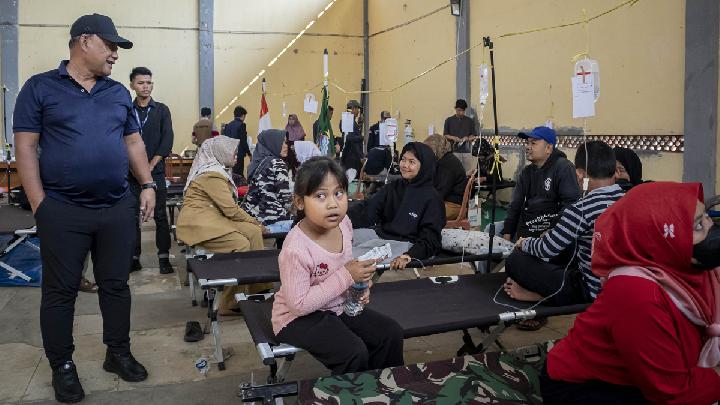
As of September 30, 2025, BPOM recorded 9,089 food poisoning cases linked to Indonesia's free meal program, MBG, across 83 regions. BGN reports lower.
House Speaker Vows DPR Supervision on Cikande Cesium 137 Contamination
2 hari lalu
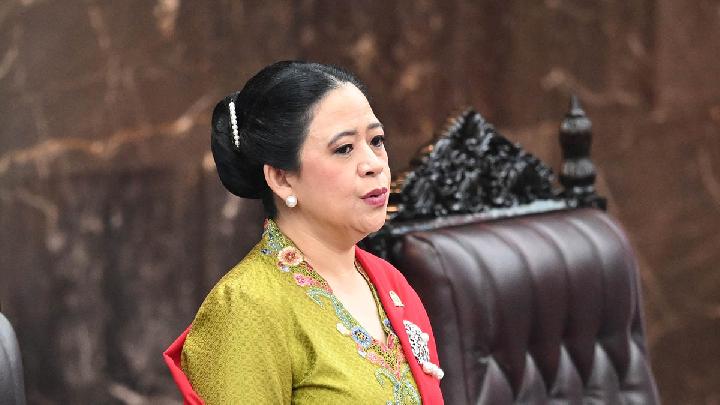
Puan explains the function of supervision to ensure that the alleged Cesium 137 radiation incident does not occur again.
Indonesia Declares Cikande Industrial Area Special Incident Zone Due to Cesium-137 Contamination
4 hari lalu
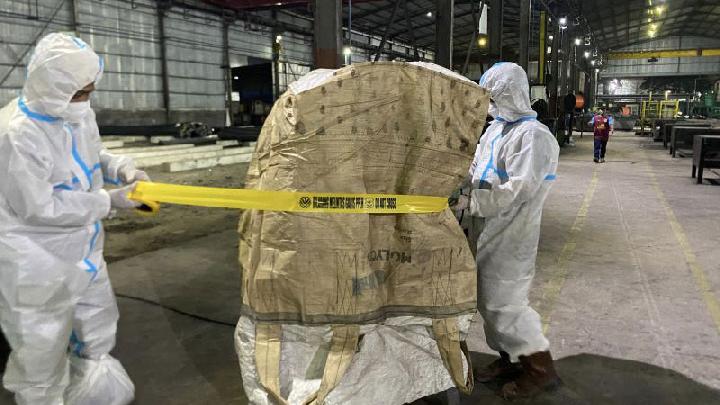
The Indonesian industrial area in Cikande is declared a Special Incident of Cs-137 Radiation Pollution to protect the environment and public health.
After Frozen Shrimp, Radioactive Traces Also Found in Indonesia's Exported Cloves
4 hari lalu

The issue of Cesium 137 contamination has sparked discussion following the rejection of frozen shrimp products from Indonesia by the United States Food and Drug Administration.
Indonesian Minister Details US Talks on Radioactive Shrimp Case
4 hari lalu
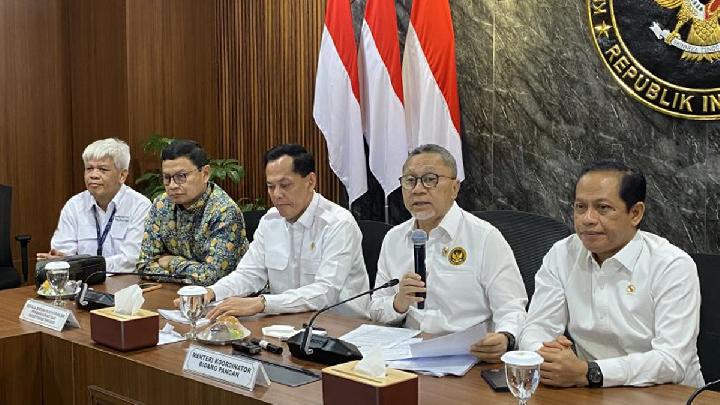
Radioactive contamination was initially discovered in frozen shrimp products from an Indonesian company that had been exported to the US.
Indonesia's Batagor Ranks 3rd Among World's Best Seafood Dishes
5 hari lalu

The combination of flavor and aroma of batagor has successfully captured the attention of many culinary enthusiasts, both locally and internationally.



